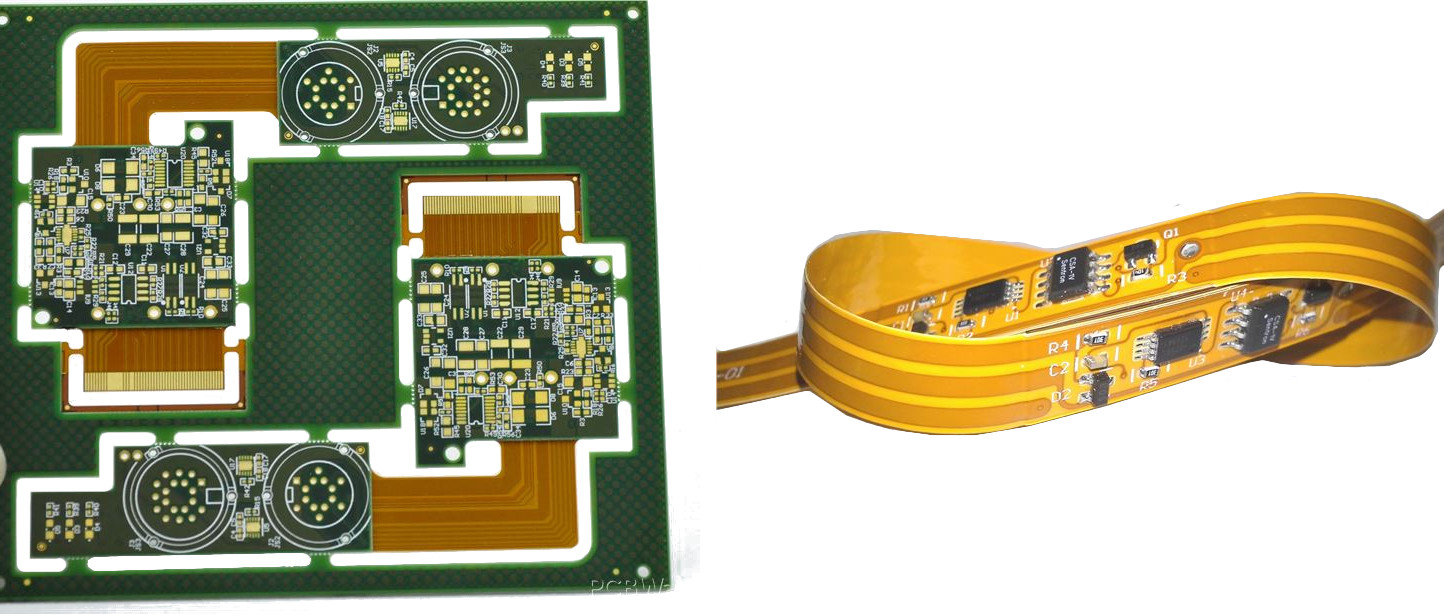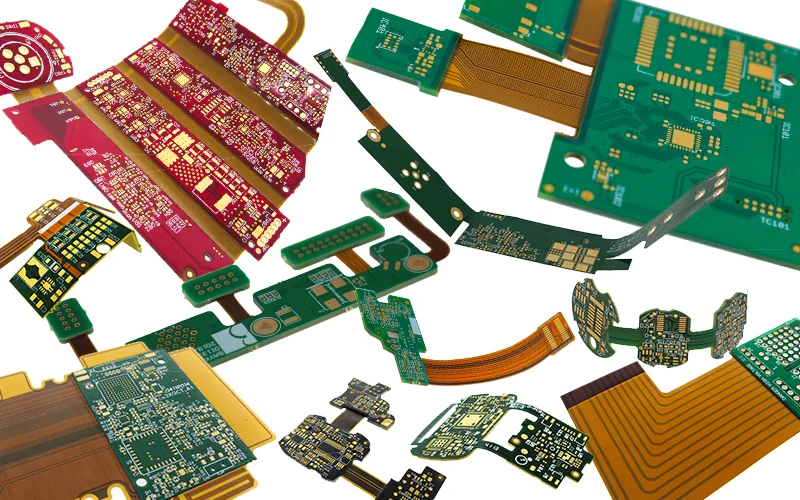


Flex and rigid flex PCBs are gaining popularity in high-reliability applications due to their unique characteristics. These types of PCBs offer flexibility and versatility that cannot be achieved with traditional rigid PCBs, making them an ideal choice for complex and high-reliability applications. This article will elaborate on flex and rigid-flex PCBs in high-reliability applications.
Flex PCBs are designed to be flexible, hence the name. This made them the best choice for applications where space and weight are critical. These printed circuit boards can be bent, twisted, and folded without breaking, making them ideal for applications where a rigid PCB cannot be used. Flex PCBs are commonly used in medical devices, aerospace, and military applications where reliability and durability are crucial.
The rigid flex PCB, on the other hand, combine the best of both worlds, bestowing the flexibility of a flex PCB and the structural stability of a rigid PCB. These printed circuit boards are enshrined from multiple layers of flexible and rigid materials, allowing them to be bent and folded while maintaining their structural integrity. Rigid-flex PCBs are ideal for applications where both flexibility and structural stability are required, such as in wearable electronics, automotive, and industrial applications.
The use of flex and rigid-flex PCBs in high-reliability applications has several advantages. These PCBs are highly durable, resistant to vibration and shock, and can withstand extreme temperatures and harsh environments. Flex and rigid-flex PCBs can also be designed to be highly resistant to moisture, chemicals, and radiation, which proved them ideal for use in harsh and demanding environments.
Another advantage of using flex and rigid-flex PCBs in high-reliability applications is their ability to reduce the number of interconnects required. Interconnects are a common source of failure in traditional rigid PCBs, but flex and rigid-flex PCBs eliminate the need for multiple interconnects by allowing components to be directly connected to the PCB.

Despite their many advantages, flex and rigid-flex PCBs do have some drawbacks. These PCBs are more complex to design and manufacture than traditional rigid PCBs, making them more expensive. Additionally, flex and rigid-flex PCBs require specialized testing and inspection methods, which can also increase the cost.
In conclusion, the use of flex and rigid-flex PCBs in high-reliability applications is rising thanks to their unique characteristics. These PCBs offer flexibility, durability, and structural stability that cannot be achieved with traditional rigid PCBs. While they are more complicated and costly to design and manufacture, their many advantages make them an ideal pick for processes where reliability and durability are critical.
If you're considering using flex or rigid-flex PCBs in your high-reliability application, choosing a reliable and experienced PCB manufacturing service provider such as ELE PCB is essential.